Pakistan provokes India, takes over Kartarpur shrine management and disempowers Sikh body
Pakistan and soft diplomacy are highly incompatible. There was little doubt that it was enshrining Kartarpur’s iconic value as the resting place of the founder of Sikhism, Guru Nanak, to further its separatist agenda of indoctrinating and radicalising Sikhs and reviving the Khalistani movement all over again. And for all the sweet talk of cultural contiguity and goodwill by Pakistan Prime Minister Imran Khan, the corridor linking devotees on both sides of the border was intended to be a conduit of the Pakistan Army and Inter-Service Intelligence to refuel militancy in Punjab and give us another security bother. Hence there was a deliberateness of mixed signals, be it in wooing the Sikh community worldwide through its grandstanding of allowing pilgrim access, politicising it and provoking us at the same time. And now it has unmasked its real intention, by transferring the management of the Kartarpur Sahib gurdwara from a Sikh body to a separate trust. Instead of the Pakistan Sikh Gurdwara Parbandhak Committee, the shrine’s administrative control has now been entrusted to the Evacuee Trust Property Board. This allows Pakistan direct control over its operations. India has called out Pakistan over its unilateral move for violating the spirit of shared concern over a faith shrine that matters to people on both sides of the border. By disallowing Sikh leaders to have a say, our neighbour is also running roughshod over the rights of a minority community to pursue faith on its terms, something that Khan accuses India of. But Pakistan, which had initially claimed a high moral ground in facilitating a cross-border traffic to the shrine, is now appropriating it wholly, simply because its intent of using it as a hub of Khalistani extremists has not quite materialised to the extent it wanted. And by making an arbitrary announcement days ahead of the first anniversary of the corridor’s inauguration on November 9, Pakistan is sending out a strong message that the days of even posed bonhomie are over. Its angst is understandable considering its failure to globalise the Kashmir issue despite the abrogation of Article 370, its helplessness to stem the West, particularly the US, from gravitating towards India and its inability to convince the Arab world to take a stand against us. Since none of these has materialised and it is strategising its relevance with China and its neo-Islamic ally, Turkey, it doesn’t need to posit itself with diplomatic niceties. In fact, with the takeover move, it is making it abundantly clear that there is no scope for peace overtures and that it is back to daggers drawn.
Guru Nanak is not just a Sikh guru in the sub-continent but embodies a consciousness. As scholars have chronicled his travels across Saudi Arabia, Tibet, Sri Lanka, Afghanistan, Bangladesh, Iran, Iraq, India and Pakistan, he spread what is called a “Nanakpanthi culture.” Its practitioners are syncretic groups of people in the Indus plains who follow Guru Nanak’s teachings irrespective of them being Sikhs, Hindus and Muslims. As believers, they broke down barriers of faith and cultures and were undiluted even by the Partition in 1947. So the Kartarpur corridor, connecting Gurdwara Darbar Sahib in Pakistan and Dera Baba Nanak Sahib in India, in that sense, is a symbolic leap of faith in humanity. And probably the antidote that could have helped reconcile the wounds of Partition and been a precursor to some sort of engagement between the two sides. Yet, Pakistan has always been abrasive on Kartarpur, using pictures of Khalistani separatist leaders Jarnail Singh Bhindranwale, Maj Gen Shabeg Singh and Amrik Singh Khalsa in its promotional videos on the shrine. The video, which was crafted to highlight the harmony between Sikhs and Muslims, also featured known Indian Sikhs like Navjot Singh Sidhu and former Union Minister Harsimrat Kaur Badal, in a crude attempt to project Khan as welcoming and liberal. In fact, Pakistan has been hell-bent on denying a sense of comfort to us. First, it had issues with the visa-free passage, then it stopped Overseas Citizenship of India (OCI) card holders, the implication being that it wanted to address only a section of Sikhs in India. It also restricted the numbers of pilgrims at a time and the days of visit. So the Pakistan Army, without whom Khan wouldn’t have been in the chair, has always seen the shrine as its bargaining chip. Though the Pakistani leadership had for years been cool to the Manmohan Singh Government’s overtures on Kartarpur, the fact is it had been using it as a neo-axis of Sikh separatism since 2003. The gurdwara had been abandoned till then and served as a cattle shed for villagers. Pakistan even allowed rampant encroachment till it realised its political potential. While announcing the Kartarpur project, it appointed several Khalistani separatists on the committee, much to India’s discomfort. Its former Army chief Gen Mirza Aslam Beg openly advised the military and the Government to use the corridor for Khalistan terror and “create trouble for India.” The Pakistan Army even got pro-Khalistani supporters to challenge the reorganisation of Kashmir. No matter how hard India may try to make Kartarpur a matter of people-to-people concern, the fact is that Pakistan’s initiative on the corridor will never be free of politics. India has to be alert that it doesn’t become a hotbed for Khalistani propaganda and meetings in the name of allowing faith congregations. When Pakistan Army chief General Qamar Bajwa stood in Kartarpur, shaking hands with known Khalistani face Gopal Singh Chawla, it was clear he was starting a new front in the proxy war. Question is how aggressively will he push it this time.







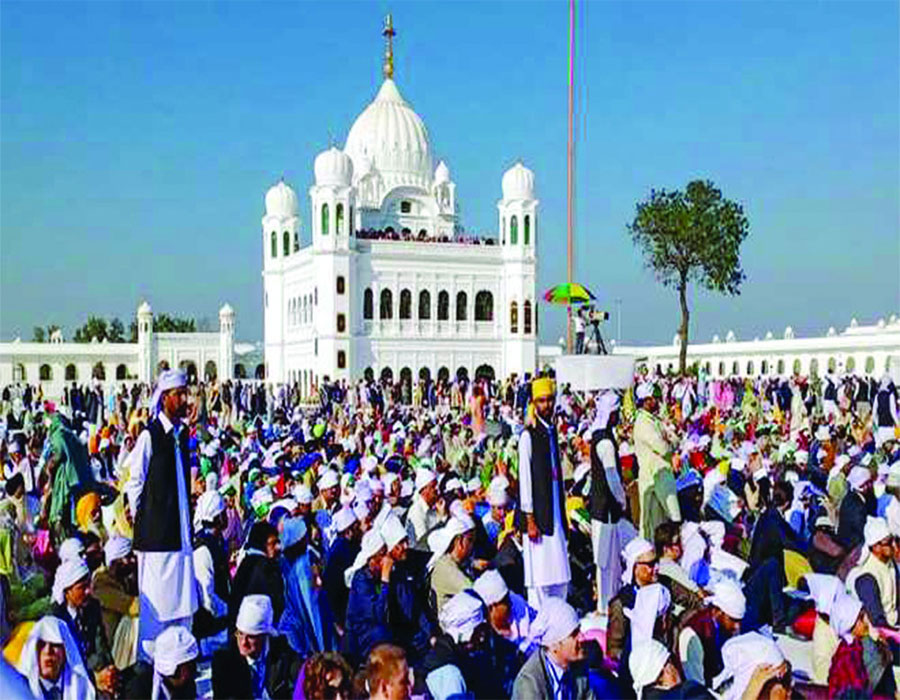
 OpinionExpress.In
OpinionExpress.In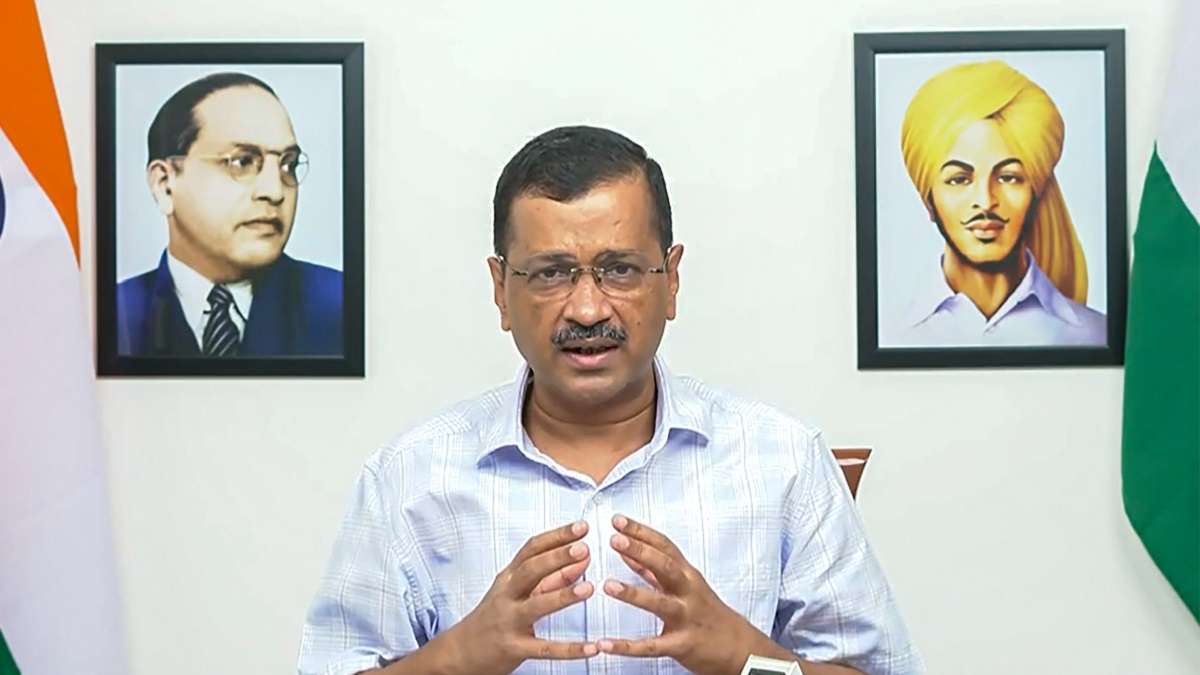
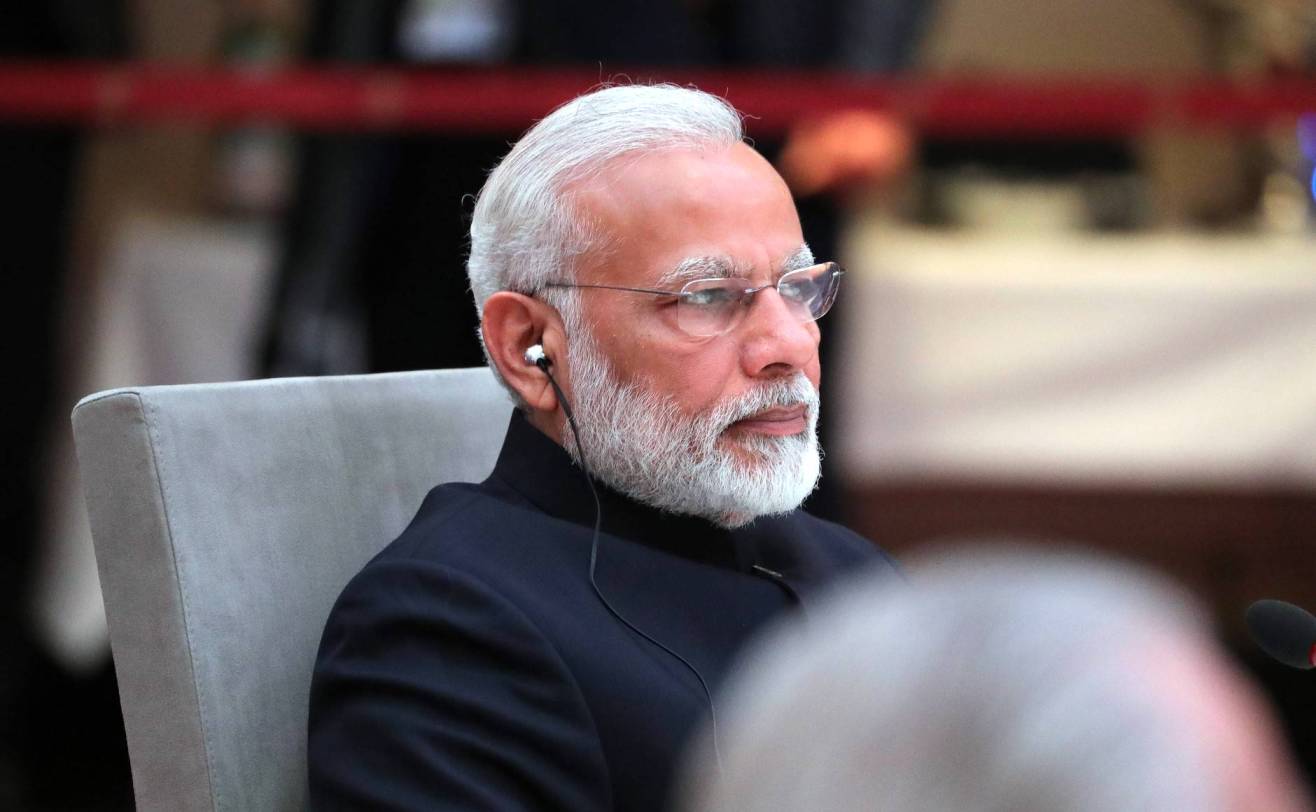
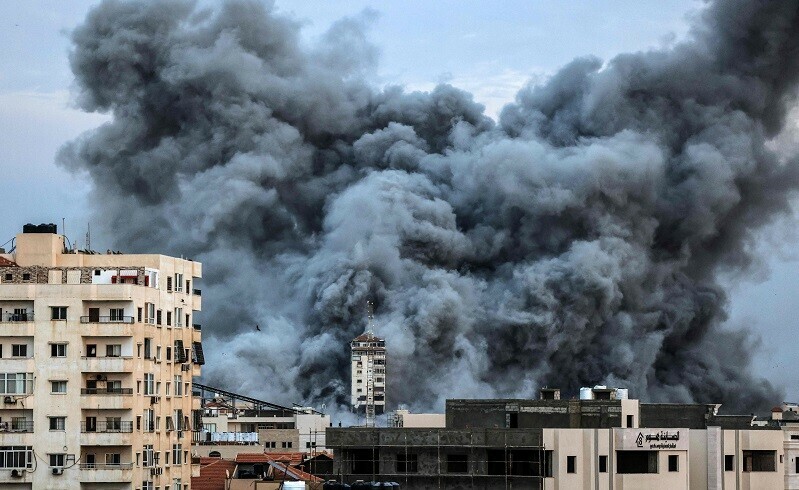
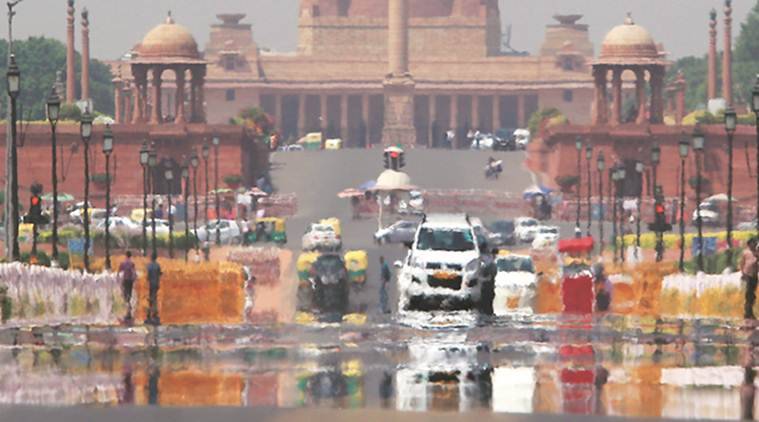
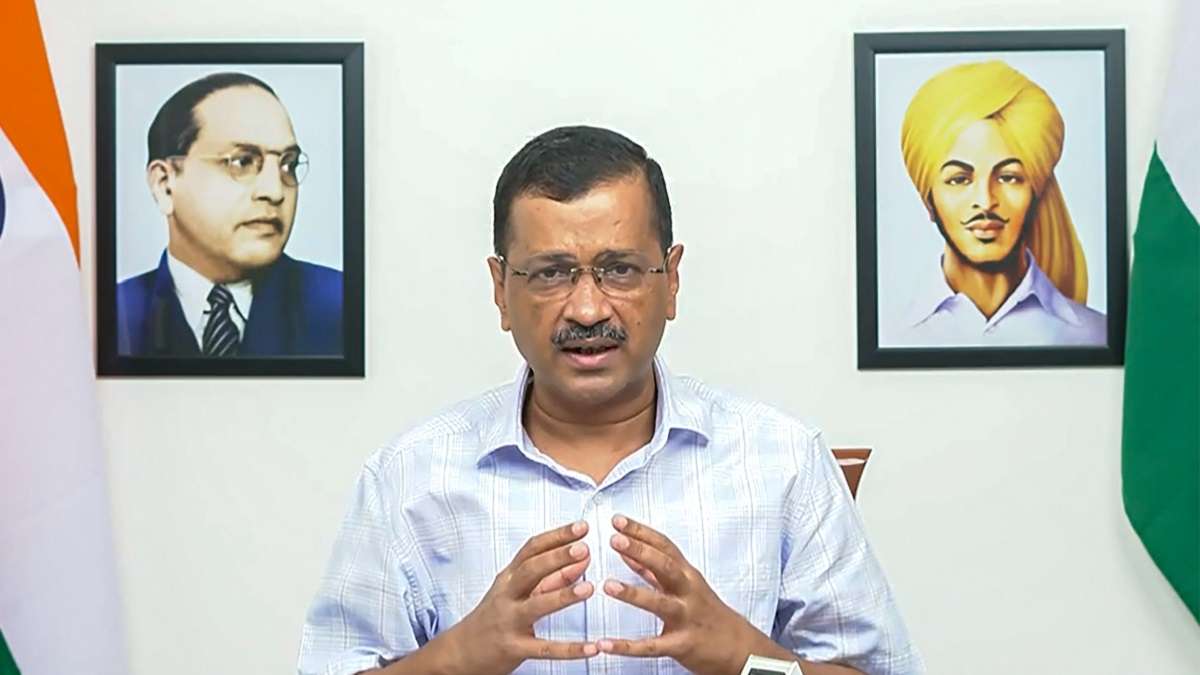
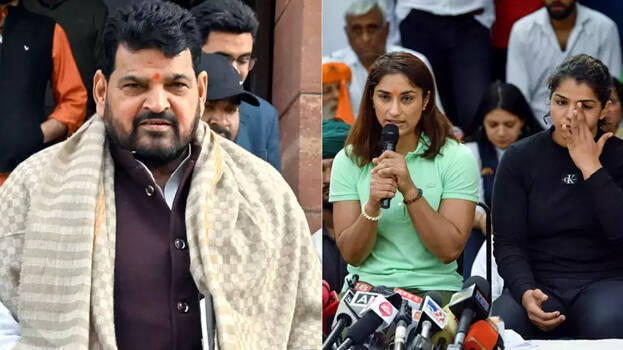


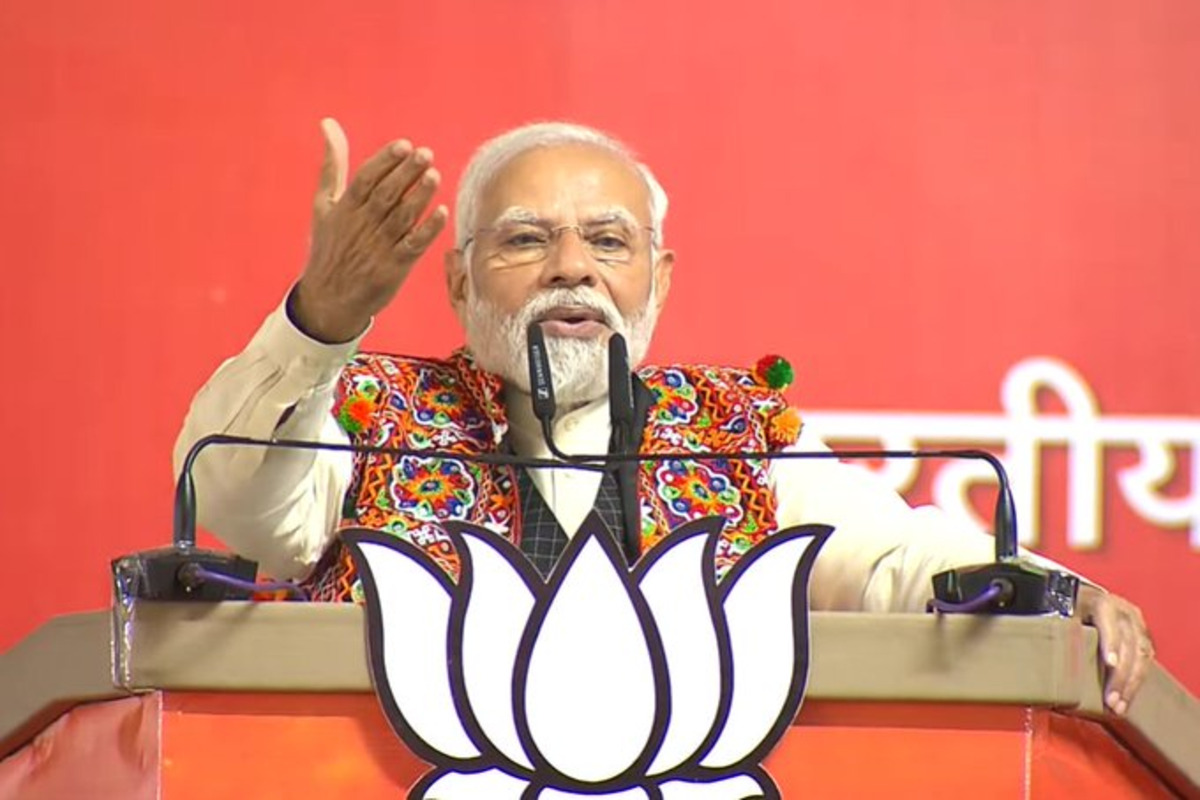
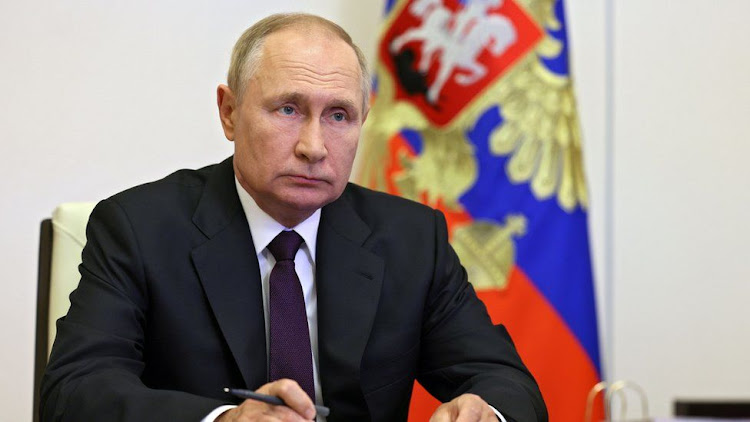






Comments (0)